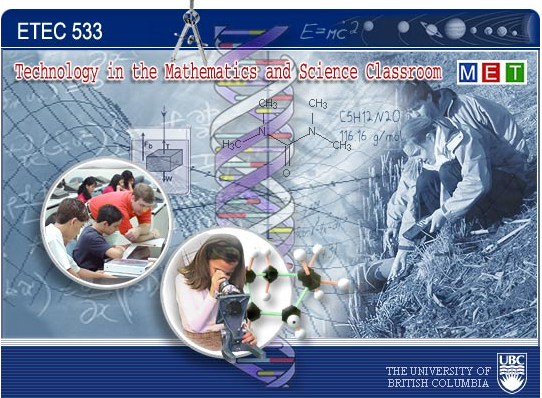As much as teachers want to use technologies in their classroom, the model can be perfect but if they haven’t been taught how to use it, it will be a challenge. Khan (2010) stated that despite a body of literature on the use of computer simulations in science classrooms, comparatively little research has been done on how to teach with this technology. That is a challenge for new and experienced teachers. The teacher as to be aware of the limitations of its students and the tools.
In one of the theme I teach in Grade 6, aerodynamism, students have a hard time understanding Bernoulli’s principle. In the GEM model, to generate hypotheses, I would certainly use online simulations to have them see what is happening. Something like this, would create discussions on how planes can fly. Students have different ideas on the matter and they are happy to share them, as they think they each have the answer. I normally, also have a pilot from WestJet come in my class to talk with the students about his job and how planes fly. He does a great job in having them evaluate their thoughts and rethink how to modify their ideas. By the end of these sessions and some videos, students can explain how Bernoulli’s principle can help them fly to the tropics or to their families. I don’t mean that it is clear as water, but nonetheless they have some basis.
Through collaboration and discussion, students have the opportunity to generate ideas, hypotheses and their desire to learn more about the subject. As they are growing their body of knowledge, they evaluate the possibilities offered to use the best one. And finally, they can modify their hypotheses as they learn. It is a dynamic thinking, not static.
After that, we will start building paper plane and achieve the longest fly!
Reference
